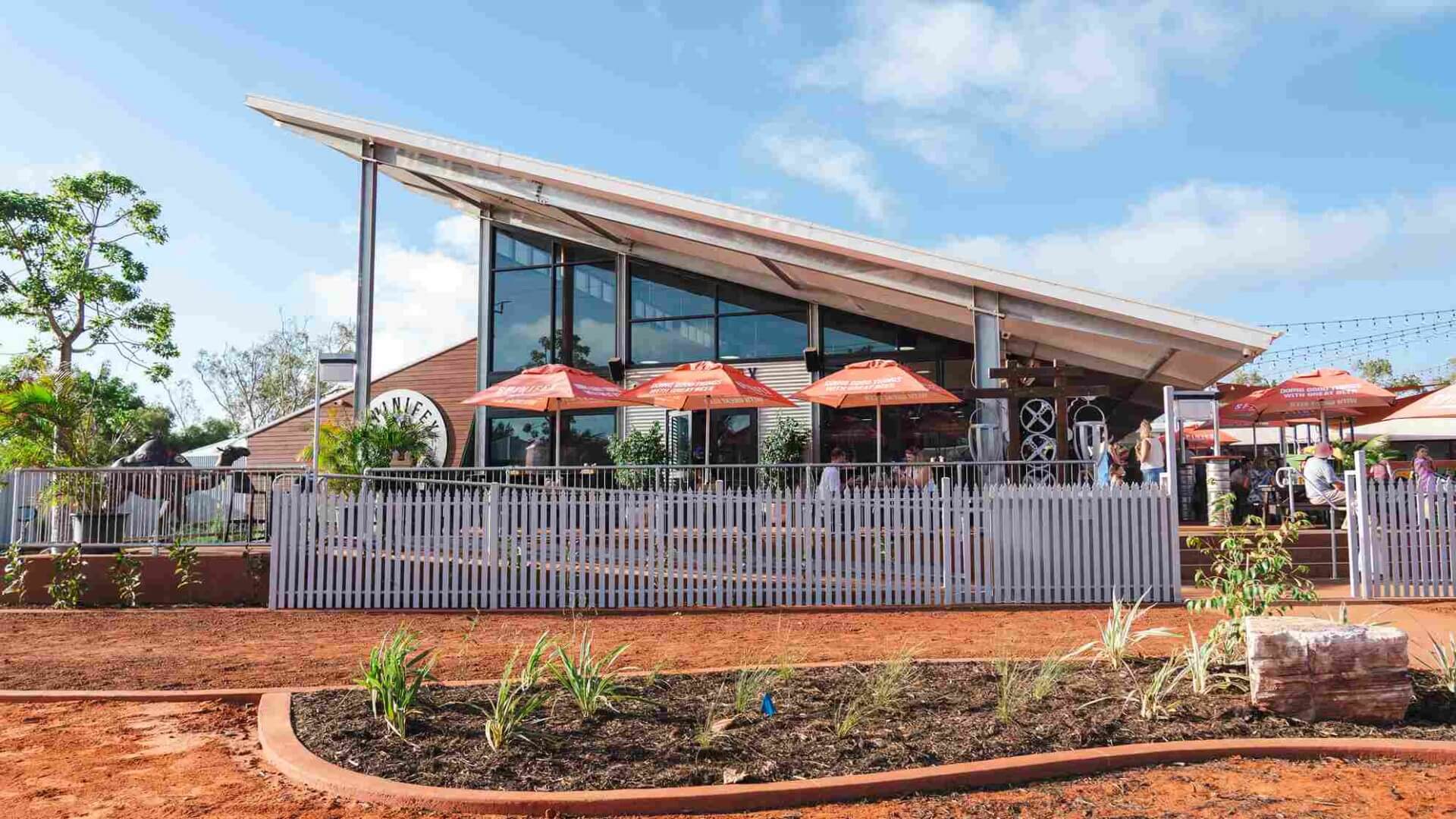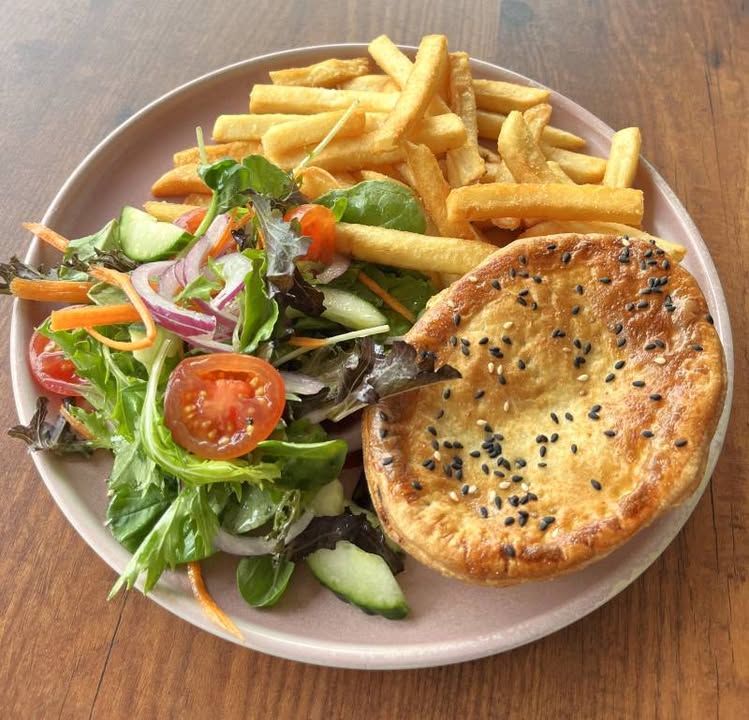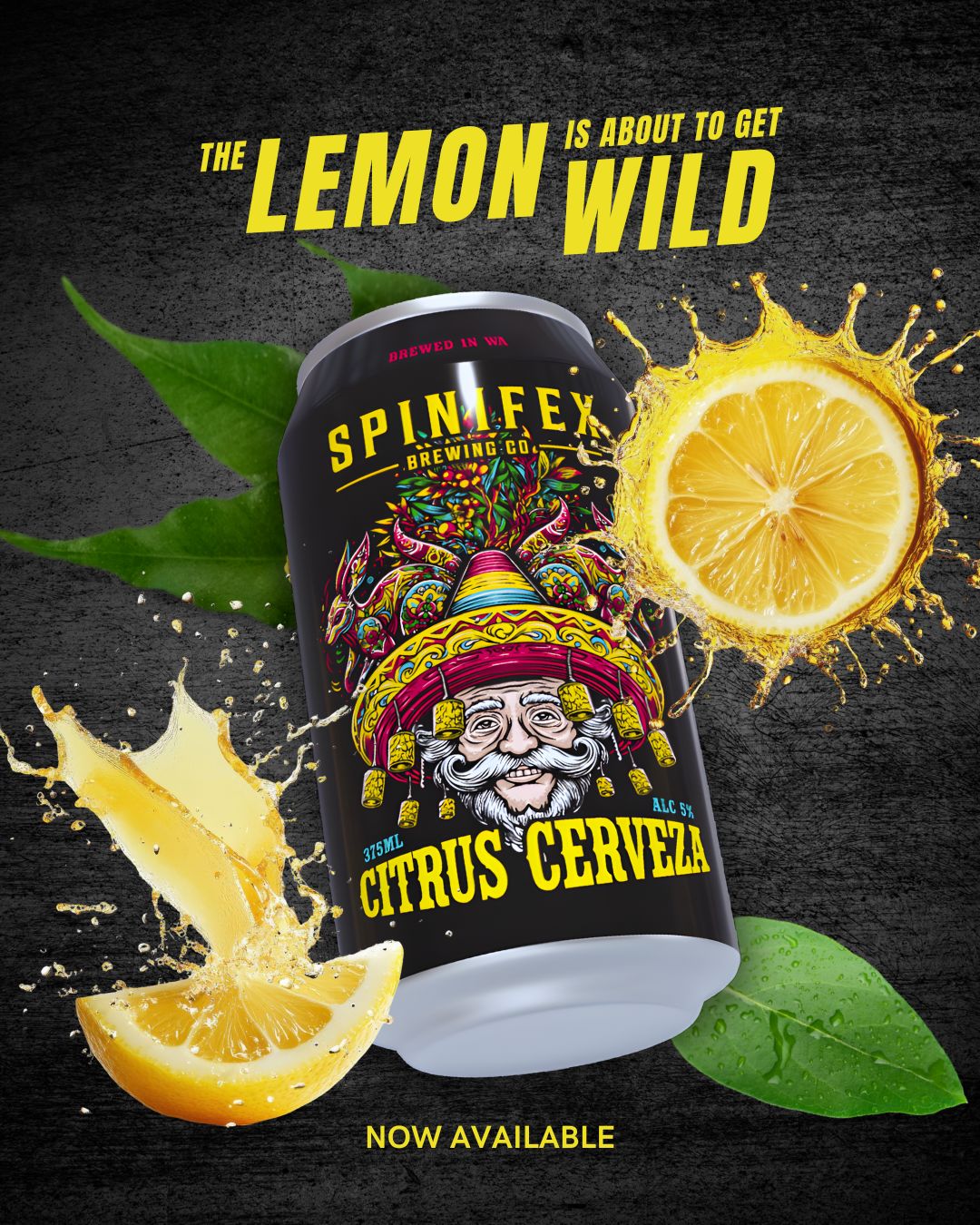
Share this post!
This article is a courtesy of Kendall Hill, Escape Magazine
“Turn around, darl. Just doing the last bit of cleansing…”
Pat “Mamanyjun” Torres is making sure I’m properly smoked by a mix of medicine plants – tea tree, sandalwood, mangrove myrtle and more – as she welcomes me to Broome with a traditional ceremony on Town Beach.
“Where you walk, my people have already walked before you,”
says the Djugun/Jabirr-Jabirr elder.
“They now smell you, they see you, they feel you. So when you’re walking around, you walk with good intentions, and with respect for the land and the people you’ve come to visit.”
It’s my first time to the remote Kimberley resort town and Torres has rolled out the red-earth carpet for me. I’ve been blessed with seawater from the Indian Ocean, cleansed by smoke and now sit beside her on the beach for a superfood picnic of Kakadu plum, peach-flavoured giant lilly pilly and a seed cake of wattleseed and boab sweetened with bush honey. She pours me a warm cuppa of rosella and Geraldton wax tea and shares her people’s stories.
Some concern the natural world – the remnant fish traps beside the jetty; how her ancestors made fishnets from the morning glory vines and spinifex that still thrive along the shore. Others are songlines describing landmarks or creation stories from the Dreamtime. She tells me about the giant Emu Man, Marala, who was so tall that even at high tide the water would only reach his knees. And how the moon was born to the Dog Man and the youngest of the Seven Sisters.
“In our kinship system she was actually his niece so it’s wrong, and the Moon Man was born with a deformed head – that’s why it’s round and large,”
explains Torres, who started her Jarndu Ngaank (A Woman’s Word) Tours in 2022.
She tells of how the child was exiled to live in the sky after a huge fight with the bluebone wrasse and how, when the full moon shines on the tidal flats,
“it’s actually a staircase so he can come back and visit his family”.
It will be a full moon tonight and a big crowd’s expected at the Town Beach Amphitheatre to witness the phenomenon of this golden staircase. I wonder how many will know the Dreamtime story behind it.

The new Spinifex Brewery Cable Beach
I’d come to Broome expecting to check out what’s new – the revamped Cable Beach House restaurant above the Kimberley’s most famous stretch of sand, and the just-opened Spinifex Brewery with its tank-to-tap beers infused with native ingredients and feel-good party vibes on a Friday night – without realising I needed to understand its ancient stories first.
Next morning I’m up before sunrise to go even further back in time. Around 130 million years, give or take. Erica Macri collects me from my accommodation at The Pearle in a dinosaur-daubed bus just after six; the early start’s courtesy of Broome’s fickle monster tides that rise and fall by up to 10 metres.
We pick up more budding palaeontologists en route to the portside HQ of Broome Adventure Cruises where owners Myles and Rebecca Penegar load us onto the good ship Brahminy Kite for a journey into prehistory.
The Penegars maintain a steady patter of facts and trivia – about the resident snubfin dolphins, the 330 bird species and the frequency with which tourist vehicles are swallowed by tides at Cable Beach – as we travel across Roebuck Bay Marine Park to a gorgeous sweep of beach backed by pindan-red cliffs.
An excitable Myles leads the way to a sandstone section of shore pockmarked with the footprints of 60-tonne, 12m tall brachiosauruses left here in the late Jurassic period. “Anything you see here that’s roughly circular, they’re all footprints,” he says as he gets guests to stand in some to give a sense of how huge they are.
There are 150 documented footprints on this stretch of coast, mostly of brachiosauruses and three-toed theropods whose emu-like prints are linked to Indigenous stories of the creator being Marala. But the footprints extend for 100km along the coast and record, at current count, 21 different species of long-extinct animals.
“That easily makes Broome the best place in the world for dinosaur footprints,”
Myles reckons. It’s remarkable such a rich record survives, all the more so given they’re swamped by seawater twice a day.
Later that morning I’m standing on the terrace of the Mangrove Hotel taking one last look at this place where the dinosaurs and Emu Man once roamed, already itching to come back and uncover more stories on this extraordinary stretch of Australian coastline.
Recent Posts

Your Guide to the Spini’s Special Holiday Hours 🎄

Kids’ Silent Disco: Free Meals & Fun Sundays at Spinifex Cable Beach

Christmas Gift Idea: Spinifex Brewery Gift Cards for Craft Beer Lovers

Weekend Lunch Specials at Spinifex Cable Beach: Cheeseburger, Pork Noodles, Lamb Pie

Win $5,000 Christmas Cash Giveaway at Spinifex Cable Beach with Triple M

Friday Foodie Delight: Deez Indo Kitchen & Asado Signature Grill at Spinifex Brewery

Friday Tasting Event: John at Big Brews Warnbro

Spinifex Brewing Co. Launches Experimental Drop Series with the Wildly Refreshing Citrus Cerveza

Spinifex Brewing Co Heads East: Meet Brett Harvey, Our South Australian Sales Representative 🍻

